5 Shocking Facts About Tralalero Tralala You Never Knew
Introduction to Tralalero Tralala
Tralalero Tralala is one of those silly words that appear frivolous, carefree, and even perhaps meaningless upon initial inspection. However behind the happy beat and repeatable syllables is a universe of ironic history, unexpected significance, and cultural complexity. Whether you’ve heard it in a tune, a cheer, or simply as a fun going-on between friends—you’ll be surprised at what you don’t know. Here, in this article, we’ll uncover the layers of “Tralalero Tralala” to reveal five surprising facts you probably had no idea about, investigating how it was created, what it means outside of the sound, and how it quietly influenced art, media, and identity. Prepare to rethink something you probably thought was nothing.
The Odd History of the Phrase
Tralalero Tralala doesn’t neatly appear in any one ancient text or dictionary, giving it a whiff of folk legend. Some linguists lead similar refrains back to medieval Europe, where minstrels and folksingers employed melodic “nonsense syllables” to supply rhythm, bring up emotion, or allow listeners to sing along without recalling precise words. These idiotic refrains were not always so senseless; indeed, they frequently filled in gaps in language or existed as mere musical hooks. Along the way, as songs were transmitted from village to village, the refrains evolved—”tralalero,” “tra-la-la,” “tralla,” and other variations showed up in various forms, evolving in pronunciation, function, and cultural tinge.
Linguistic Origins: Is It Really Nonsense?
In spite of appearances, “Tralalero Tralala” possibly contains linguistic origins. Others maintain it has similarities with Romance language exclamations—such as French “tra-la” or Spanish “tra-lala”—in which the repetitive and varied vowels convey play or joy. The “ero” suffix in “tralalero” could be a rhythmic addition with no particular sense but evocative of agent nouns (someone who tralala?) or otherwise added for rhythmic effect. Phonetics come into play too: open vowels “a” and “e” are simple to sing on most tongues, so that such refrains become universally accessible—even if semantically null.
Hidden Meanings in Other Cultures
And whereas many listen to “Tralalero Tralala” and think it’s sheer nonsense, in other cultures such refrains have symbolic meaning. In some Latin American folk songs, syllabic refrains recall ancestral chorus voices or imitate the rhythms of nature (birds singing, wind blowing). In parts of Eastern Europe or the Balkans, similar refrains connect to rituals or community bonding during festivities everyone joins, nobody needs to know all the words, it becomes communal. “Tralalero Tralala” in these contexts is more than a hook—it’s connection, identity, and collective voice.
Its Unexpected Role in Musical History
“Tralalero Tralala”—or close analogues—have popped up at moments in musical history you’d least expect. Early 20th‑century vaudeville and music halls used nonsensical refrains as crowd‑pleasers; jazz improvisers borrowed scat singing techniques not unlike “tra‑la‑la” syllables. In pop music, songs with childish refrains often became massive hits; think of choruses that everyone remembers even if they can’t recall individual verses. Musicologists trace a line from folk refrains like “tralalero” to modern earworms and hooks in contemporary pop and dance music. That a purportedly throwaway line might impact melody development, chorus crafting, and listener recall is a surprise unto itself.
Tralalero Tralala in Contemporary Media & Advertising
Advertisers adore earworms, and “Tralalero Tralala” is custom‑made. Commercials, jingles, TV ads frequently utilize the same rhythms of nonsense—memorable, catchy, translatable across languages. You may have heard variants in cartoon shows or product slogans that mimic its pattern to evoke fun, nostalgia, joy. Some ad campaigns have used “tralala” refrains to disarm, to make the product—whatever it is—feel whimsical, approachable. Copywriters know that when people can hum or sing something, that something latches onto memory, brand equity, even if meaning is minimal.
Psychological Appeal: Why It Sticks in Your Head
What makes “Tralalero Tralala” catchy is not only melody but mental simplicity plus surprise. The mind adores repetition, pattern, rhyme. When a phrase employs simple syllables (“tra‑la”) repeated, particularly with variation, it’s natural for auditory memory to catch on. Also, since the human vocal range is designed to produce open vowel sound like “a,” “e,” “o,” such refrains are easy to sing or hum. The surprise of meaninglessness encourages people to supply their own imagery, their own emotional connections, which lodges memory more deeply. Psychologists researching earworms discover that novelty + rhythmic repetition = memorable choruses—precisely the formula of “Tralalero Tralala.”
Memes, Social Media & Viral Spread
These days, in the era of TikTok, Instagram, and viral sound bites, “Tralalero Tralala”-type choruses are given new life. Short clips tend to repeat catchy syllables; individuals put their spin, remix, place beats over them. A nonsense refrain can cross languages on social media: an individual in Asia, an individual in Europe, both laugh, find it cute, find it catchy. The shareability of these sounds is great because they have low risk (no objectionable meaning), high payback (immediately fun). So when “tralalero”-sounding bits turn up as trending sound—challenges, dances, memes—they propagate quickly and broadly.
Legal Disputes & Copyright Concerns
You may think a generic refrain is public domain, up for grabs. But court cases have established that originality in arrangement, combination, and context does count. Artists who play “tra‑la‑la” or “tralalero” in a very distinctive melodic or rhythmic style might discover that their specific iteration is defendable. There have been lawsuits where one artist accuses another’s chorus of being too reminiscent of theirs—even if both borrow “tra la” style syllables. The uncertainty of what is and isn’t violated becomes a legal gray area. So “Tralalero Tralala” isn’t necessarily free‑for‑all; use in recordings or commercials might require legal clearance.
Variants and Adaptations Worldwide
Throughout the world there are echoes of “Tralalero Tralala.” In Japanese popular music there are toy‑like choruses (“la la” refrain), in African dance music there are vocables (non‑words) occupying rhythmic spaces, in Indian Bollywood choruses nonsensical playful lines. Such refrains are used in each culture’s phonetics, scale, instruments. They blend them with local languages at times, transpose rhythm to local meters at times. What astounds most is how much the pattern bends, how ubiquitous even when you hardly ever catch the precise “Tralalero Tralala,” you hear its cousins everywhere.
Tralalero Tralala’s Pop Culture Impact
Certain pop culture icons, songs, characters, or performers attribute part of their widespread popularity to such refrains as “Tralalero Tralala.” Singers famous for hooks, cartoon characters who have fun songs, advertising that gets nostalgic—these all tap from the reservoir of simple refrains. No coincidence that repetitive, meaningless lines in songs tend to chart most successfully. Cultural icons have employed this technique to create identity: from childhood memories to advertising jingles. For some, “Tralalero Tralala”‑style choruses create a persona—a playful, relatable, happy one.
FAQs
Q: What exactly does “Tralalero Tralala” mean?
A: No agreed meaning. It works similarly to most nonsense choruses: evocative, playful, catchy more than semantic. Its worth is in sound, rhythm, emotional reaction rather than literal sense.
Q: Is “Tralalero Tralala” copyrighted?
A: Though the phrase itself (nonsense syllables) won’t probably be copyrighted, particular melodic, harmonic, and rhythmic combinations incorporating it can be copyrighted if they are original.
Q: Where was the word first used in contemporary music?
A: Difficult to establish a first use; there have been similar syllabic chants in folk music, vaudeville, early popular music. There isn’t one source accepted by all.
Q: Is “Tralalero Tralala” traceable to a specific culture or language?
A: No one culture owns it absolutely. Features are similar to Romance language patterns, European and African and Latin American folk customs—so apparently common to numerous.
Q: Why would so many cultures adopt similar nonsense syllables?
A: Due to ease of sound, rhythmic value, access (anyone can sing them without knowing the words), emotional power, and human preference for melody and repetition.
Q: Is applying such refrains successful in advertising?
A: Yes—advertisers employ such refrains to make jingles memorable, tunes catchy, brands feel fun and friendly. They work with how humans memorize sounds.
Q: Are there dangers in employing “Tralalero Tralala”-style refrains?
A: Low risk of being boring or appearing silly; potential legal risk if someone sues your arrangement as too similar to theirs; cultural insensitivity if used thoughtlessly.
Q: Can these refrains become frustrating?
A: Yes—over‑repetition, grating melody, or bad execution can cause catchy refrains to become stuck‑record syndrome or annoyance instead of joy.
Q: How are musicians producing variations of “Tralalero Tralala”?
A: By modifying rhythm, melody, instrumentation, language phonetics; incorporating local linguistic flavoring; varying repetition; adding backing vocals layered over each other, etc.
Q: Will “Tralalero Tralala” disappear?
A: Not likely its simplicity, versatility, and popular appeal provide it with longevity. So long as individuals have appreciation for melody, recurrence, and whimsical sound, these refrains will survive.
Conclusion
Tralalero Tralala” could be dismissed initially as something superficial a jesting throwaway, something you sing under your breath when nothing else occurs to you. Yet, as we’ve discovered in this close-up, it turns out to have surprising depth: folk tradition roots, cross-cultural resonances, psychological hooks, legal grey areas, viral appeal, and undeniable influence on popular culture. Something that starts off as plain old nonsensical syllables turns out to be a reflection of how human beings produce, recall, pass on, and enjoy sound.
To really enjoy “Tralalero Tralala” is to understand that not every thing significant must have literal meaning. Its strength is in the intangible: the sound that remains, the moment together singing, the memory of children’s jingles, the surprise nostalgia in a commercial, the spark of imagination it brings to artists. When we sing along—or have a lyric stuck in our minds we are engaging in a tradition dating back centuries: creating music from what we don’t know, what we make up, what we sing over.
These five surprising facts demonstrate that “Tralalero Tralala” is far from playfulness. It’s tradition, psychology, culture, identity. It’s part of human creativity, proof that even the most transient sounds have a lasting legacy. Next time you hear it or believe you’ve come up with something daft—keep in mind: you’re part of an international chorus of imagination.
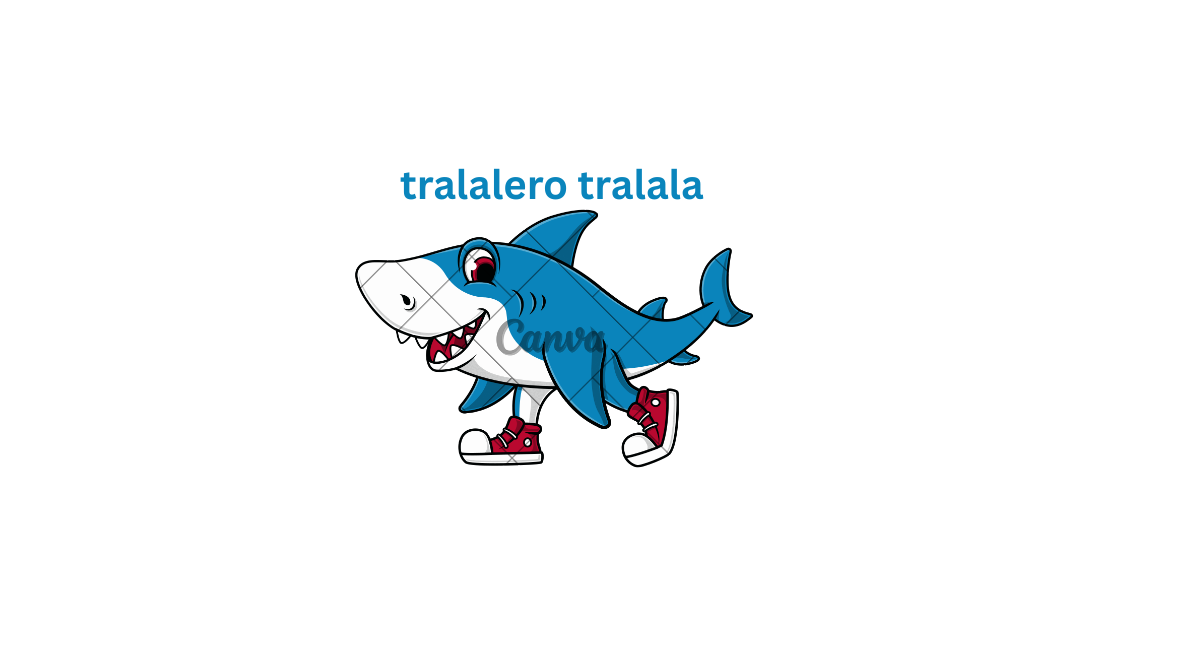
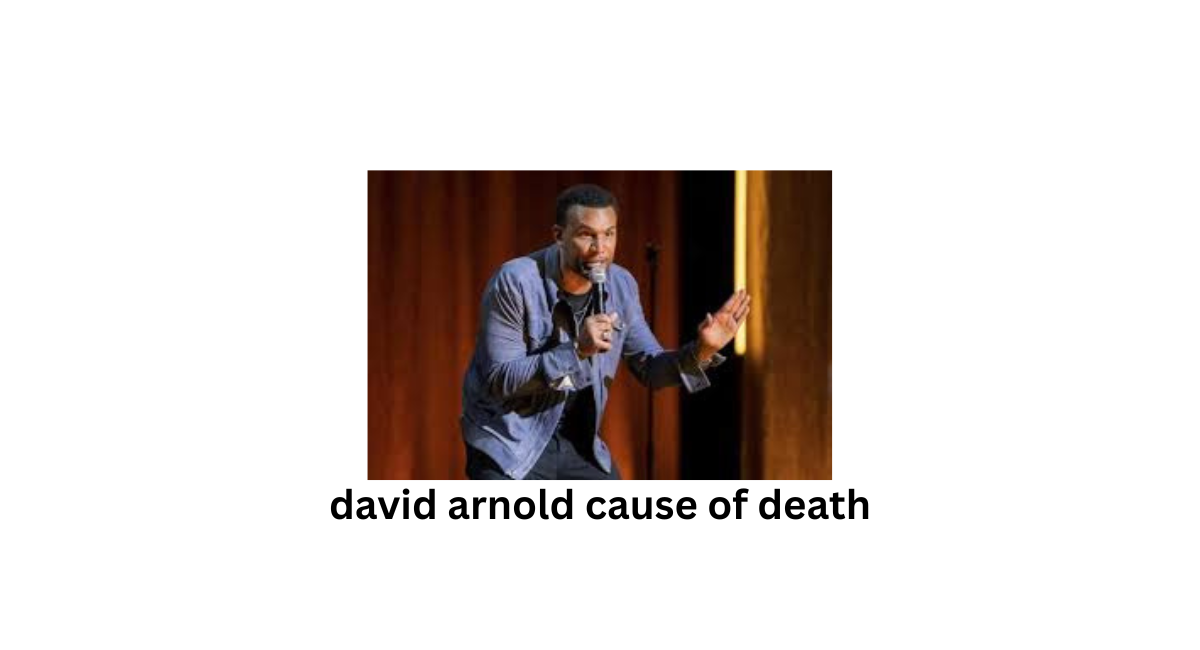

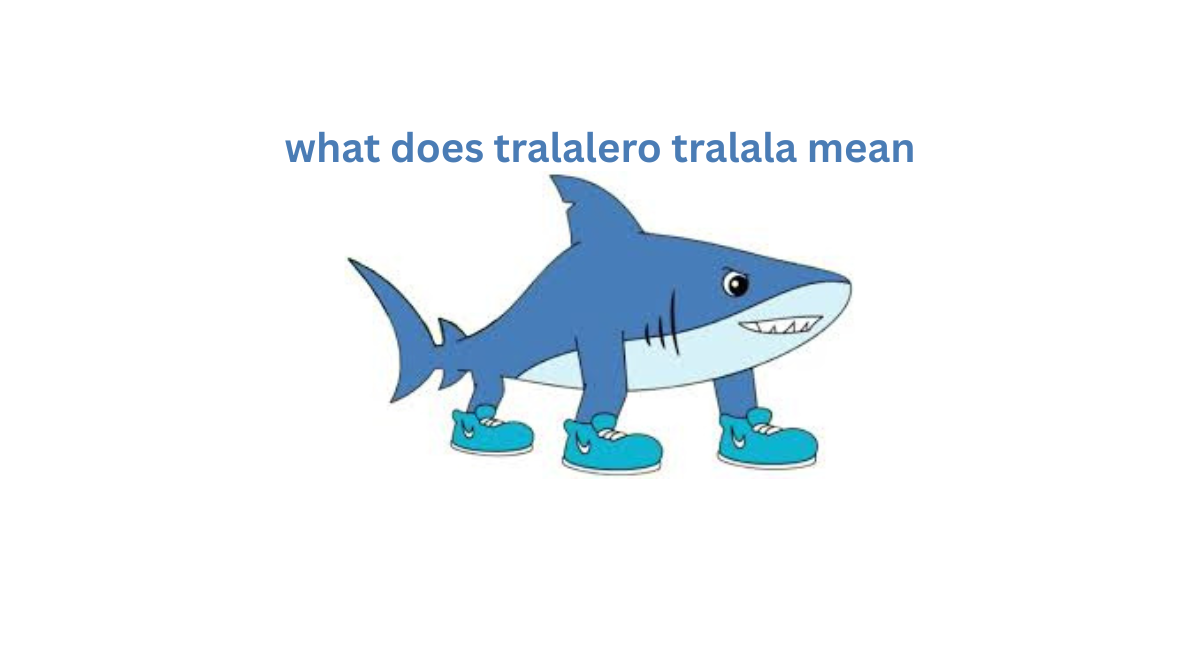
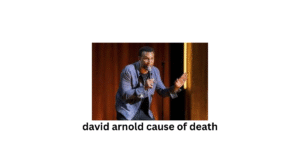
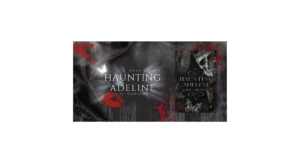
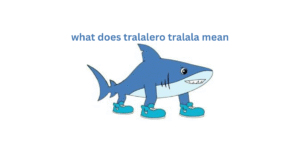
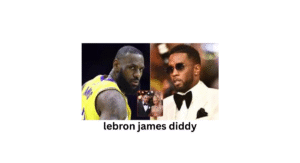

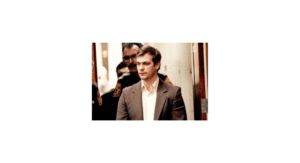
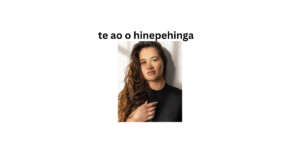

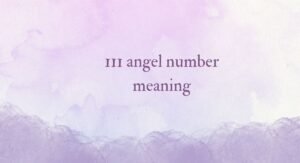
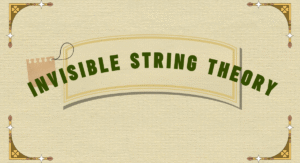
Post Comment